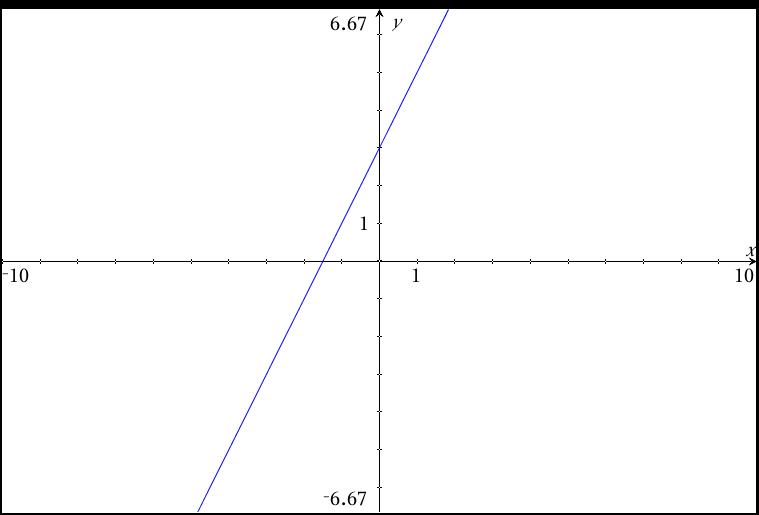How do you write equations in function notation?
1 Answer
Most students will be introduced to function notation after studying linear functions for a little while.
For example,

This equation is also written as
However, this notation allows someone to say "find f(1)" which means to evaluate the function when
(it takes fewer words that way!) So,
The ordered pair
Try some more:
#f(0) = 2(0) + 3 = 3#
#f(-2) = 2(-2) + 3 = -4 + 3 = -1#
etc.
What if someone said "find
That means, solve
#9 - 3 = 2x + 3 - 3#
#6 = 2x#
#6/2=2x/2#
so#3 = x# !
As an additional note, I tell students that sometimes you may see different letters than
In a science setting, you could encounter something like h(t) which might mean "height with respect to time". Or, height is a function of time.
Perhaps you have seen P(T) which could mean Pressure depends on Temperature. How about d(t), or distance with respect to time? (how far you go depends on how long you have been traveling....)
Soon, you will learn the ABCs of functions!


